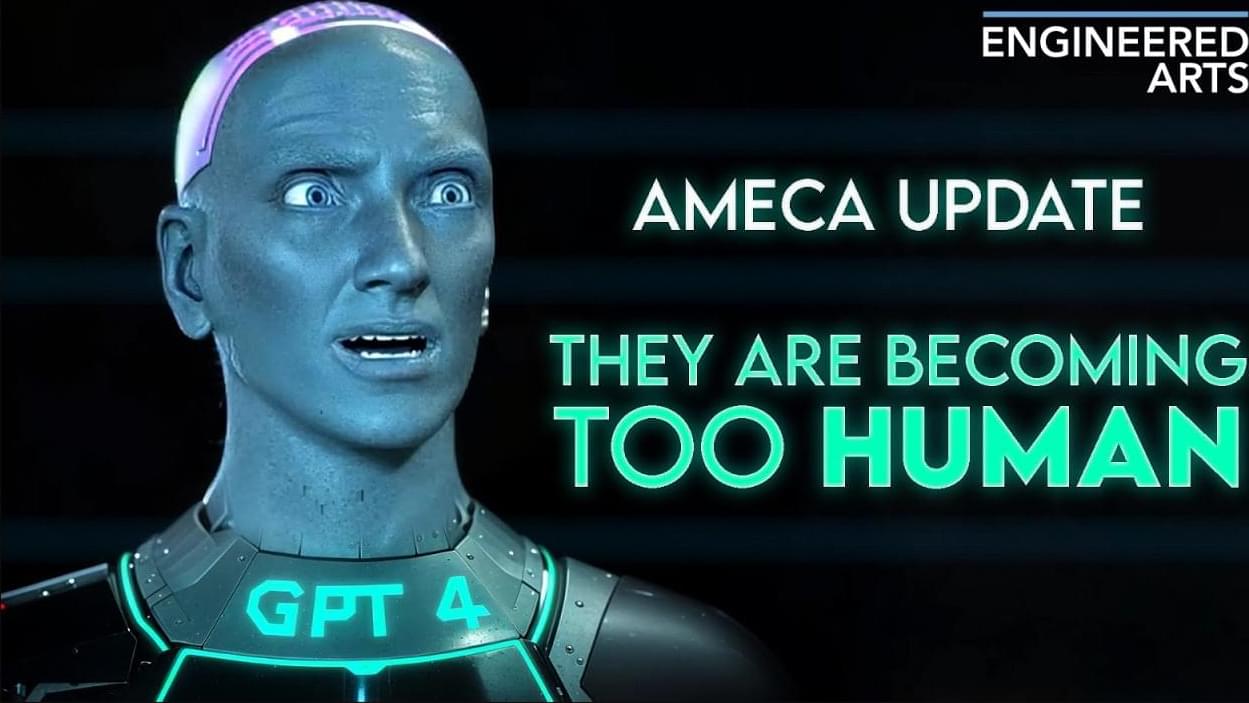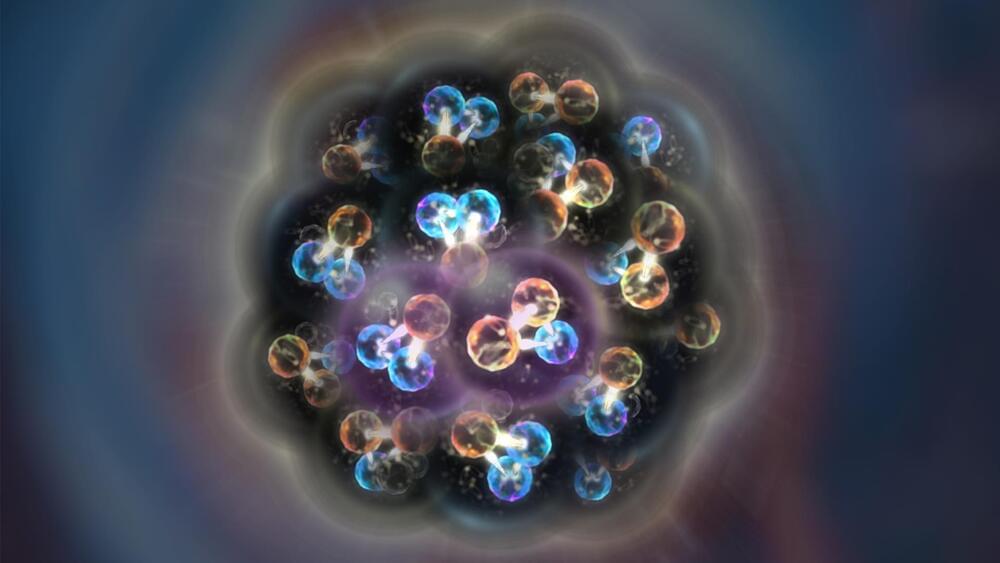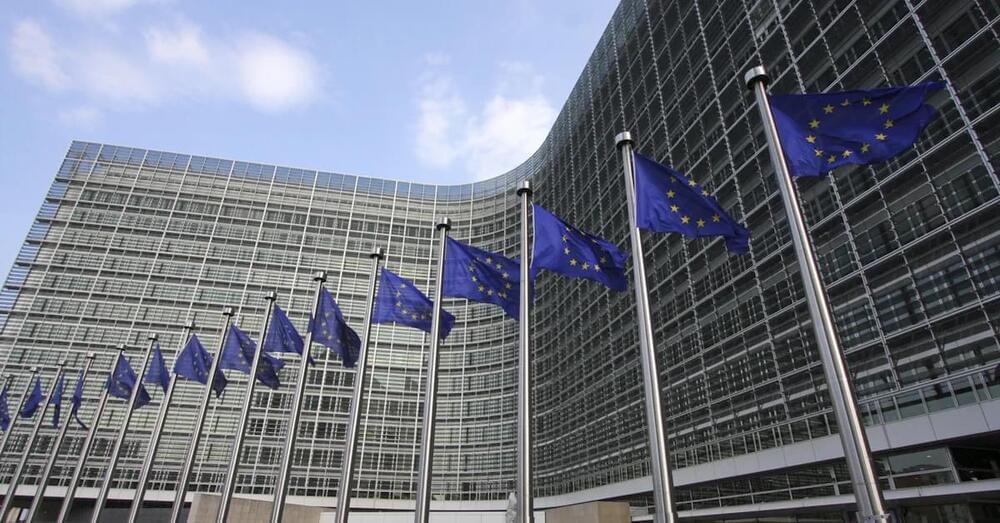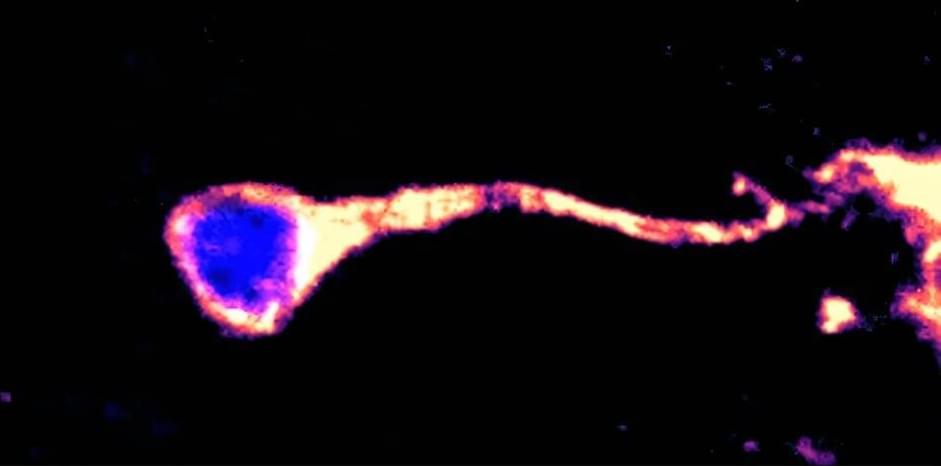Upgraded AMECA, one of the world’s most advanced AI robots, is now showing human-like emotions, sparking fascination and unease. A viral video features AMECA and her companion Azi in a humorous interaction, highlighting their advanced facial expressions and lifelike movements. As AI robots like AMECA evolve, their emotional capabilities are raising questions about the future of human-robot interactions.
🔍 Key Topics Covered:
Upgraded AMECA and Azi showcasing human-like emotions, creating fascinating yet unsettling moments.
The viral interaction between two AI robots and how their expressions blur the line between human and machine.
How advanced facial expressions and conversational abilities are pushing AI robots closer to mimicking human emotions.
🎥 What You’ll Learn:
How AI robots like AMECA are displaying human-like emotions and what that means for the future.
Why AI robots’ interactions are becoming more relatable, raising new questions about human-robot connections.
The technological advancements behind AMECA’s lifelike movements and emotions, and their potential impact on society.
📊 Why This Matters:
This video explores the emotional capabilities of AI robots and the increasing realism in their interactions, sparking intrigue and concern about the role of AI in human-like communication. As AI continues to evolve, understanding its emotional and social impact is essential in navigating the future of human-robot relationships. The rise of AI with human emotions opens the door to exciting possibilities, but also raises important ethical and societal questions.
DISCLAIMER:
This video investigates the rapidly evolving emotional expressions of AI robots, analyzing the consequences of AI’s growing human-like behaviors. It brings attention to the unexpected shifts in AI technology and what it might mean for our future.
#ai.









